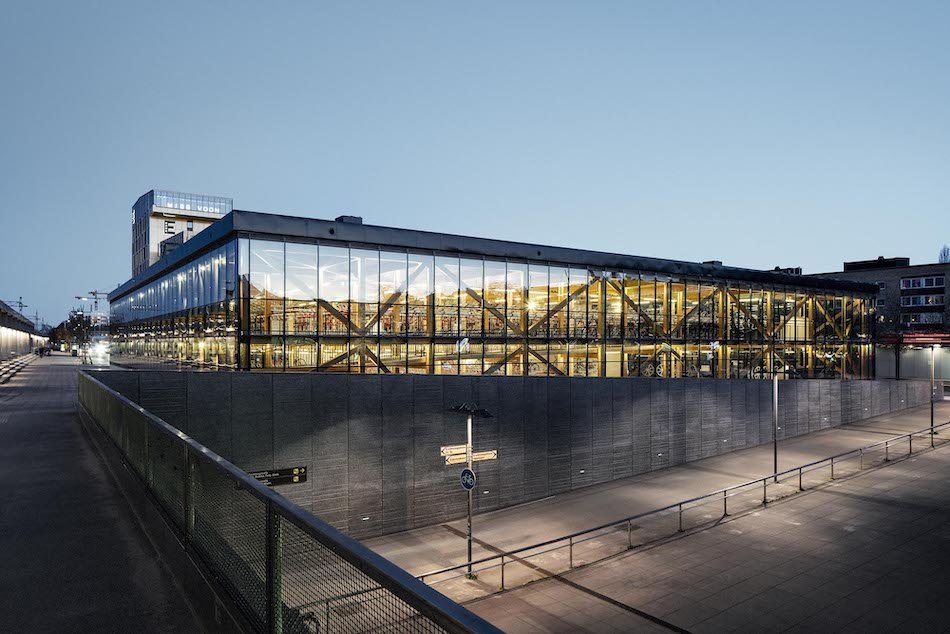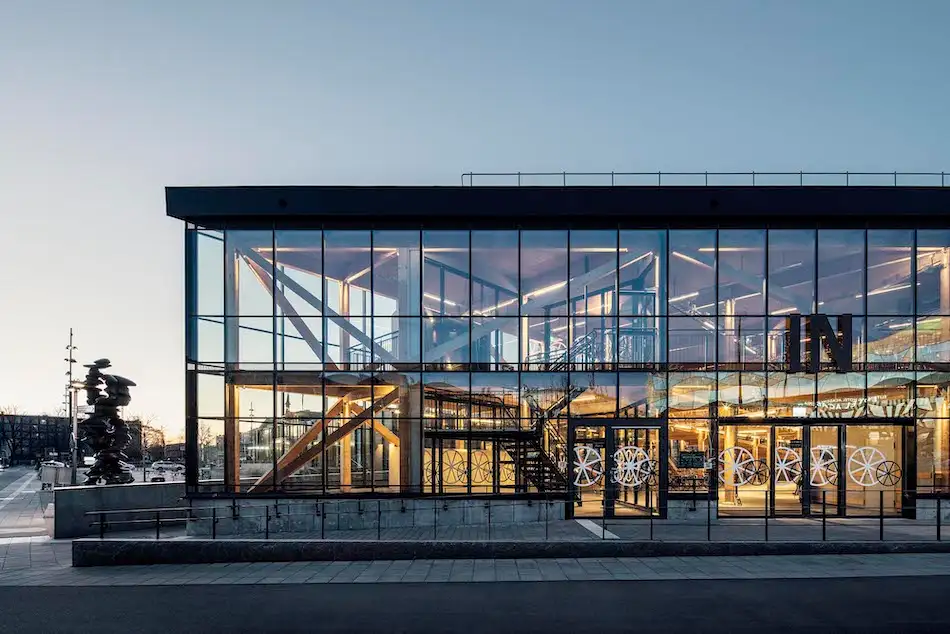The latest Dutch developments in active travel infrastructure always catch the headlines, but what about elsewhere across Europe?
Sweden is a country where cycling infrastructure is on an upward trajectory, with Malmö– twice being crowned Sweden’s cycling friendly city of the year–the leading example. In 2019, 40% of residents in Malmö cycled to work or school daily.
Like much of Europe, Sweden has seen an uptake in cycling for everyday trips since the Covid pandemic took hold.
With that increase however, comes myriad challenges. Cycle lanes and infrastructure, as well as an increased demand for bicycle storage, are needed to support the willing growth in cycling for transport.

